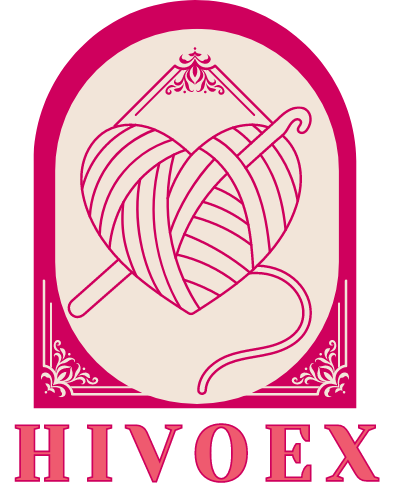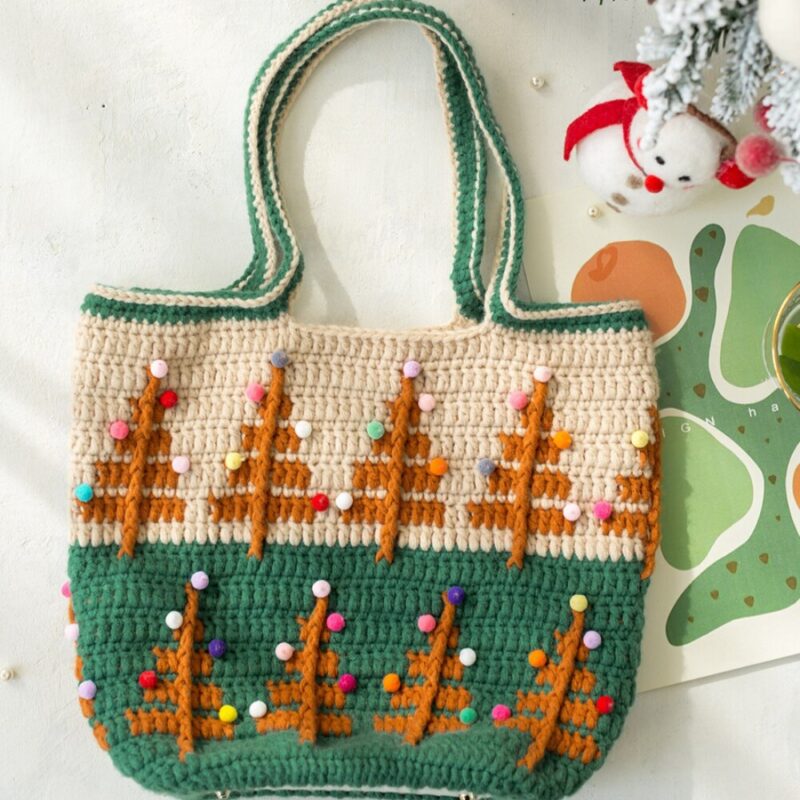Crochet is a versatile and enduring craft that has been cherished for generations. Unlike knitting, which uses two needles, crochet involves creating fabric from yarn or thread using a single hook. This technique allows for intricate patterns and unique textures, making it a favorite among crafters worldwide.
History and Evolution
Crochet’s origins are somewhat murky, but it gained significant popularity in Europe during the 19th century. Initially, it was a pastime for the upper classes, who used fine threads to create delicate lacework. Over time, it evolved into a practical skill used to make a variety of items, from clothing and accessories to home decor.
The word “crochet” comes from the French term for “hook.” Some historians believe that the craft may have earlier roots in China, South America, or Arabia, though documented evidence mainly points to 19th-century Europe. During the Irish famine, for instance, crochet was taught to women and children as a means to generate income, leading to the creation of intricate lace patterns still admired today.
Materials and Tools
To begin crocheting, you’ll need a few basic materials:
Yarn or Thread: Available in various weights and fibers, such as cotton, wool, acrylic, and silk. Each type of yarn provides a different texture and feel to the finished product. Wool is warm and elastic, making it suitable for clothing, while cotton is cool and breathable, ideal for summer garments and home decor.
Crochet Hooks: These come in different sizes, usually indicated by a number or letter. The size of the hook depends on the thickness of the yarn and the desired tightness of the stitches. Common materials for hooks include aluminum, plastic, and bamboo, each offering a different grip and feel.
Scissors: For cutting yarn. A small, sharp pair of scissors is best for precise cuts.
Tapestry Needle: Used for weaving in loose ends and sewing pieces together. These needles are typically blunt to avoid splitting the yarn and have large eyes to accommodate thicker threads.
Basic Stitches
There are a few fundamental stitches that form the basis of all crochet projects:
Chain Stitch (ch): The foundation of most patterns, used to start rows or rounds. It’s the simplest stitch and is the basis for creating length in a project.
Single Crochet (sc): A tight, dense stitch used for amigurumi and other projects requiring firm fabric. It’s created by inserting the hook into a stitch, yarn over, pull through, yarn over again, and pull through both loops on the hook.
Double Crochet (dc): Taller than a single crochet, creating a more open fabric. The hook is yarned over before insertion, creating three loops on the hook, then yarn over and pull through two loops twice.
Slip Stitch (sl st): Used to join stitches or move the yarn without adding height. It’s the smallest stitch and is often used in joining rounds or finishing projects.
Patterns and Projects
Crochet patterns can range from simple to complex, catering to all skill levels. Beginners might start with straightforward projects like scarves, dishcloths, or blankets. As skills improve, crafters can tackle more intricate designs such as garments, lacework, or amigurumi (small crocheted stuffed toys).
Scarves and Blankets: These are ideal beginner projects. They often involve repeating simple stitches, making it easy to practice consistency and tension.
Hats and Mittens: Slightly more advanced, these projects introduce shaping techniques, such as increasing and decreasing stitches.
Amigurumi: This Japanese art form of crocheting small stuffed animals and characters has gained global popularity. It involves working in the round and using tight stitches to create firm shapes.
Lacework: Using fine threads and small hooks, lace crochet creates delicate and intricate patterns, often used for doilies, table runners, and curtains.
Benefits of Crochet
Relaxation: The repetitive motions of crocheting can be meditative, reducing stress and anxiety. Many people find that the rhythmic process helps them relax and unwind.
Creativity: Crochet allows for endless creativity, from choosing colors and textures to designing unique patterns. It’s a flexible craft where even beginners can experiment with their designs.
Practicality: Handmade crochet items make wonderful gifts and can be practical additions to your home. From cozy blankets to durable kitchen cloths, crocheted items are both beautiful and useful.
Portability: Crochet is highly portable, requiring minimal tools that can be easily carried in a small bag. This makes it a great hobby to take on the go.
Modern Crochet
Today, crochet continues to evolve, with modern crafters pushing the boundaries of this traditional art. Social media platforms and online communities have made it easier than ever to share patterns, techniques, and inspiration.
Social Media and Online Communities: Platforms like Instagram, Pinterest, and Ravelry have become hubs for crocheters to showcase their work, share patterns, and find inspiration.
Eco-Friendly Practices: Many crocheters are now focusing on sustainability, using recycled materials and creating reusable items like market bags and dishcloths.
Fashion and Home Decor: Crochet has found its place in modern fashion and interior design. Trendy crochet tops, cardigans, and accessories are often seen on runways and in fashion magazines. Similarly, crocheted home decor items such as wall hangings, pillow covers, and rugs add a handmade touch to contemporary interiors.
Getting Started
For those new to crochet, numerous resources are available, including online tutorials, books, and classes. Starting with basic projects and gradually progressing to more complex ones can build confidence and skill.
Tutorials and Classes: Websites like YouTube offer countless video tutorials for beginners, covering everything from basic stitches to advanced techniques. Local craft stores and community centers often offer in-person classes.
Books and Magazines: There are many excellent books and magazines dedicated to crochet, providing patterns and detailed instructions for all skill levels.
Crochet Kits: For beginners, crochet kits can be a great way to start. These kits typically include yarn, a hook, and a pattern, giving you everything you need to complete a project.
Conclusion
Crochet is a timeless and rewarding craft that offers both practical and creative benefits. Whether you’re looking to make a cozy blanket, a stylish accessory, or a delicate lace doily, crochet provides the tools and techniques to bring your ideas to life. Embrace this versatile craft and discover the joy of creating something beautiful with your own hands.
By exploring the history, materials, techniques, and modern applications of crochet, you can appreciate the depth and versatility of this craft. Whether you’re a seasoned crocheter or just starting, there’s always something new to learn and create in the world of crochet. So pick up your hook and yarn, and start your crochet journey today.


